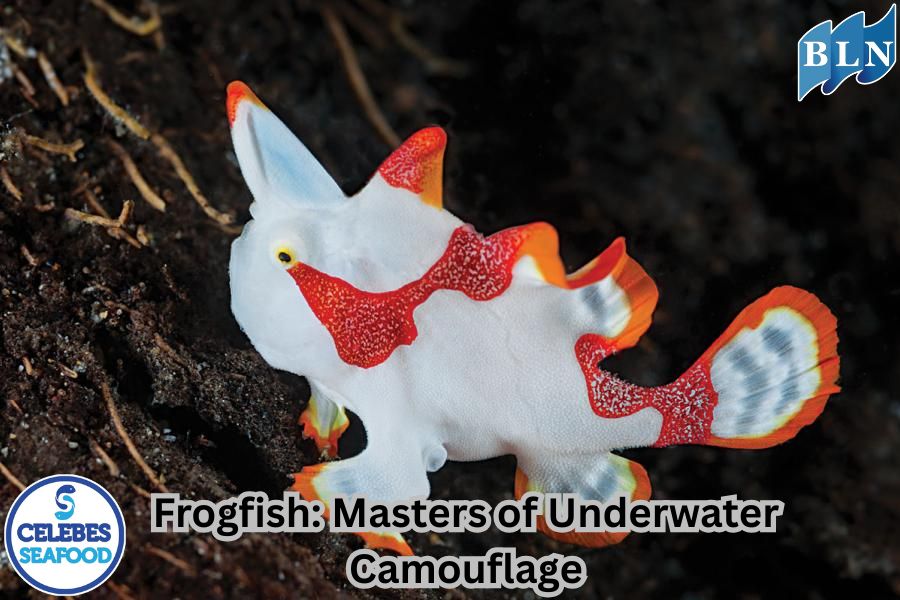The Remarkable Range of Alaskan King Crab Distribution
By. Nevanda - 26 Sep 2023
lautnusantara.com - Alaskan king crab refers to a group of several species of king crabs that are found in the cold waters of the North Pacific Ocean, particularly in Alaskan and Russian waters. The most well-known species of Alaskan king crab include the Red King Crab (Paralithodes camtschaticus), Blue King Crab (Paralithodes platypus), Golden King Crab (Lithodes aequispinus), an Scarlet King Crab (Lithodes couesi). Their distribution is as follows:
1. Red King Crab (Paralithodes camtschaticus)
Red King Crabs are found along the coasts of the North Pacific Ocean, including the Bering Sea, Gulf of Alaska, and the Aleutian Islands. They are particularly abundant in Alaskan waters, with major populations found in the Bering Sea, Bristol Bay, and the eastern Aleutian Islands.
2. Blue King Crab (Paralithodes platypus)
Blue King Crabs have a more limited distribution compared to the Red King Crab. They are primarily found in the cold waters of the Bering Sea, including regions such as Norton Sound, the Pribilof Islands, and the eastern Aleutian Islands.
3. Golden King Crab (Lithodes aequispinus)
Golden King Crabs have a broader distribution compared to the other two species. They are found in various parts of the North Pacific, including the Aleutian Islands, the Gulf of Alaska, and the Bering Sea. Golden King Crabs are often found in deeper waters than Red and Blue King Crabs.
Read also: Challenges In Modern Grouper Farming
4. Scarlet King Crab (Lithodes couesi)
While not as famous as the Red King Crab, the Scarlet King Crab is another species in the Alaskan king crab group. They are typically found in the eastern Bering Sea and the Aleutian Islands.
It's important to note that the distribution of Alaskan king crabs can be influenced by factors such as temperature, depth, and habitat preferences. They are typically associated with rocky or sandy substrates on the ocean floor, and their distribution may change due to environmental conditions, habitat availability, and fishing pressures.
Read also: 7 Health Benefits You Can Get from Crabs



.jpg)

.jpg)
.jpg)
.jpg)
